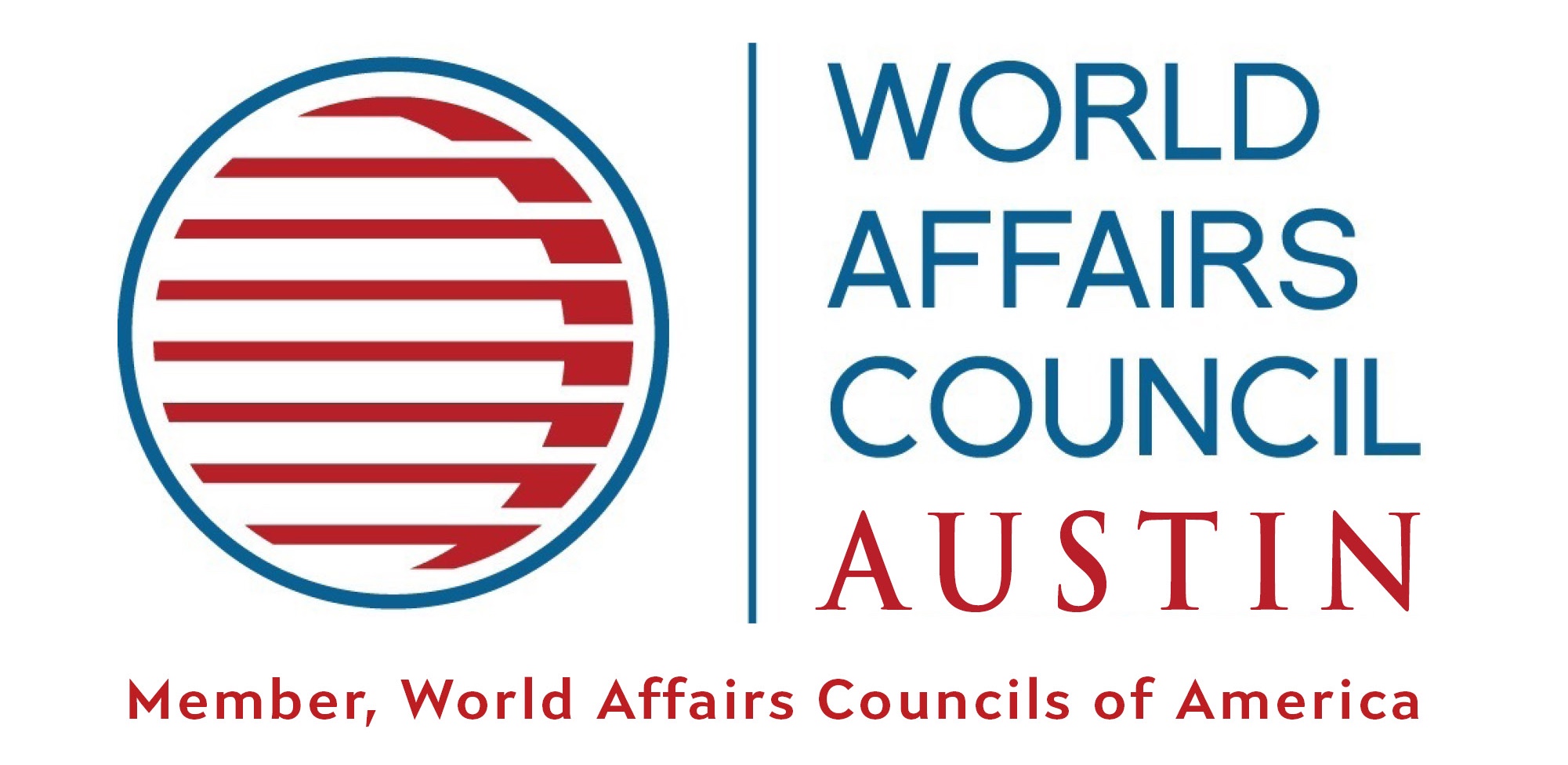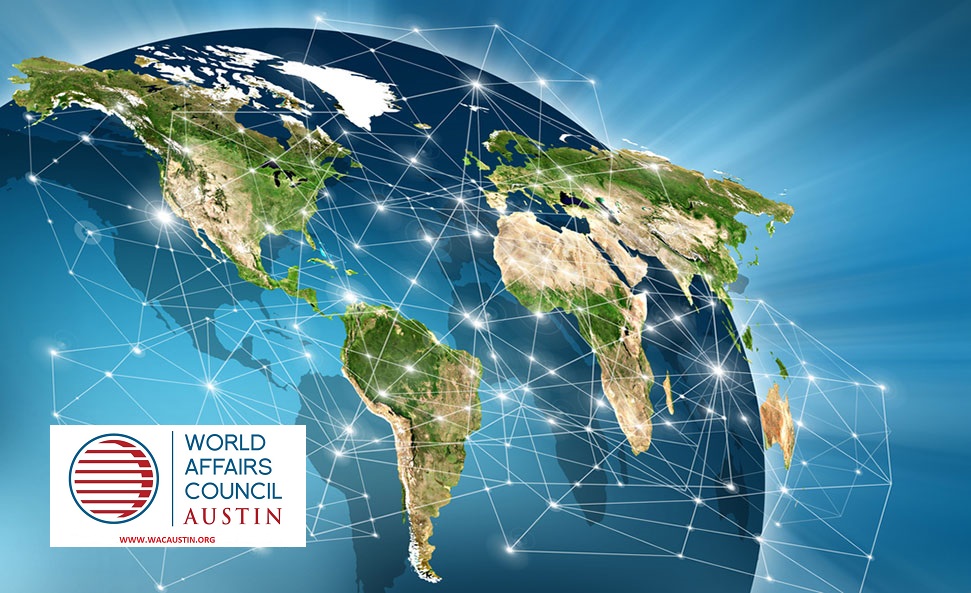When we think of the world’s food supply chain a number of issues come to mind. Between recovering from a global pandemic, to the ongoing war in Ukraine, as well as the ever changing climate, what does it mean to have a top to bottom approach in supply chain distribution as opposed to a horizontal approach? One requires work and cooperation from those above and below your position, while the other one relies on working with your competitors.
Let’s consider some of the countries that rely heavily on rice and wheat as their main staple of food. China and India are ranked as the top two countries in the world for rice consumption. Meanwhile, Egypt, alongside Lebanon, Tunisia, Yemen, Libya, and Pakistan are the top buyers of wheat.
The rise in prices for any product, especially during international conflicts and with the impact of climate change, is a common concept. However, what happens when there is no subsidizing by a country’s government because there simply isn’t a supply at all? Perhaps there is a third alternative, apart from horizontal and vertical? What about smaller, private farmers that are able to self-sustain themselves?
We will be meeting in person in the semi-private dining room at the 5820 Burger and Taphouse, 7032 Wood Hollow Dr.
For more information:
Ellen Murry, Globalist Coffeehouse Co-chair: ellen@wacaustin.org
Polina Anastassieva, Globalist Coffeehouse Co-chair: polina@wacaustin.org


